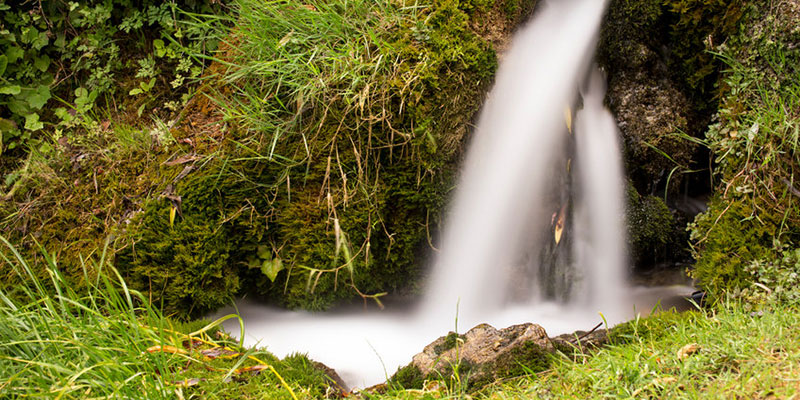In a future where both groundwater and fresh surface water risk depletion, new strategies and technologies can be the key to preserving supplies.
Increasing water demand and dwindling supplies can be met with a focus on new strategies and technologies
With supplies of fresh water depleted by drought and unable to meet rising global demand, the best prediction of the future of fresh water is that for good or ill, change is on the horizon. The extent to which humans will be able to thrive in a more arid future will largely be determined by a willingness to break from past habits, old technologies, and outmoded strategies.
According to the United Nations, groundwater is central to the future of water on Earth. The 2022 U.N. World Water Development Report’s theme, “Groundwater: Making the Invisible Visible,” addresses a long-standing water management dynamic: out of sight, out of mind.
One of the greatest problems facing humanity — groundwater depletion — is for the most part an invisible problem, which means it’s not on the minds of the public. All too often, this lack of visibility keeps groundwater far from the top of policy agendas.
Groundwater, nevertheless, accounts for approximately 99% of the planet’s fresh water in its liquid state. Around the world, it provides half of the water for domestic use and accounts for 25% of irrigation water (agriculture uses 70% of fresh water from all sources, more than any other human activity).
Yet natural systems are no longer able to recharge aquifers as quickly as humans can deplete them. Key aquifers in the United States are being over-pumped by agriculture at unsustainable rates. This presents a quandary because researchers have found that sustainable irrigation could lower key crop yields by as much as 45%.
In industry, a groundwater shortage led to a global silicon chip shortage due to impacts on Taiwan’s chip manufacturing. The auto manufacturing hub of Chennai, India, a city of 11.5 million residents, was hit hard by groundwater depletion coupled with the depletion of key reservoirs.
Burgeoning populations will increase demand, and energy production withdrawals are projected to increase by about 20% between 2010 and 2035, while consumption will rise 85%. The World Resources Institute has explained that, in terms of future freshwater supplies, “The only sure thing is more extremes, and more unpredictability.”
Solutions for the Future
While researchers predict a future with intense challenges, strategies and technologies to improve the water situation are constantly being developed and refined. Here are some of the solutions that could prevent a water crisis.
- Digital Technology: Digital water metering and improved data reporting can increase accountability and eliminate waste. For example, levels of non-revenue water can be reduced through advanced leak detection. Digital applications can streamline processes so that operations are carried out more efficiently. Communications technology is another promising field. For example, Fluence modular plants can be operated and monitored remotely, opening up a world of possibilities for decentralized and distributed systems that can make water and wastewater infrastructure more efficient.
- Desalination: Updated reverse osmosis desalination technology has the ability to transform saline or brackish water sources into fresh water at lower price points than ever. Refinements of the technology, for instance modular plants like Fluence’s NIROBOX™, have made it viable in a vastly expanded market.
- Water Reuse: One of the most important alternative water sources for the future is water reuse. As water supplies dwindle, it’s clear that using water once and discarding it makes little sense. Treated wastewater can be used for everything from nonpotable uses like toilet flushing to safe drinking water. Fluence’s Aspiral™ modular plants deliver a high-quality effluent that exceeds California Title 22 and China Class 1A standards for use in agricultural irrigation, groundwater recharge, and other nonpotable applications.
- Decentralization: Decentralization is an important strategy for dealing with a more arid future. Installing scaled treatment plants near the point of need can save huge amounts of money by eliminating the need for long pipelines. In the case of wastewater reuse, local treatment makes water available in and around the community where the wastewater was generated.
More efficient use of water, as well as new alternative water sources, means fewer withdrawals from precious groundwater and surface water bodies, which is good for ecosystems and economies. Fluence has prepared for the future of fresh water by producing the solutions for the modular water utility of the future.
Contact Fluence. Our experts can help you explore advanced, proven solutions for the future, and our Water Management Services can provide the flexible financing structures to deliver them with no upfront investment.

